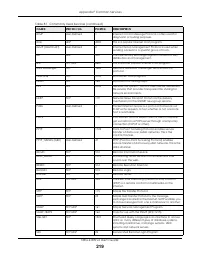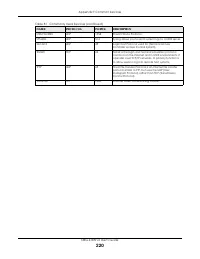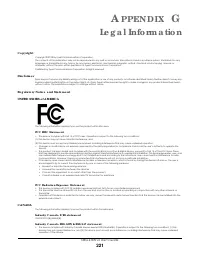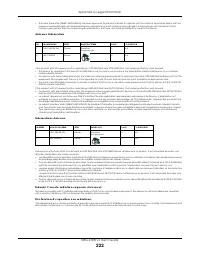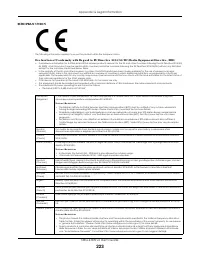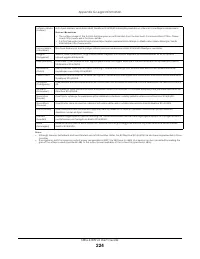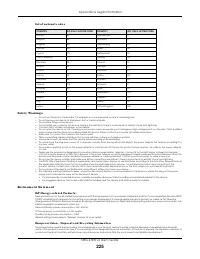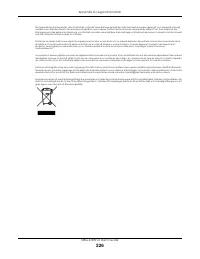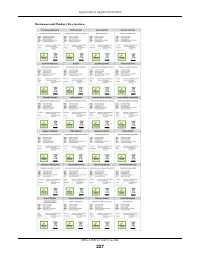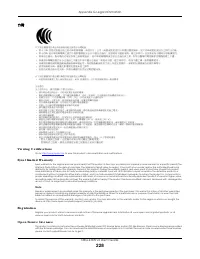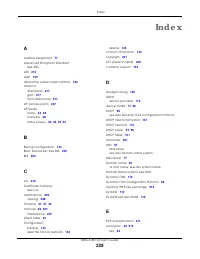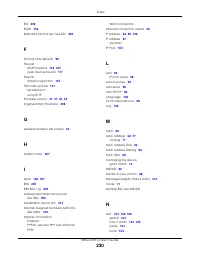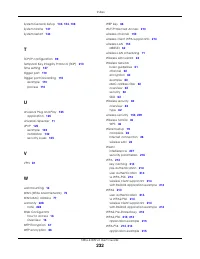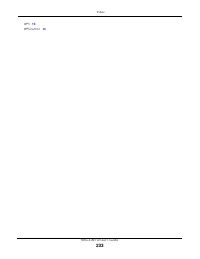Роутеры Zyxel NBG-418N v2 - инструкция пользователя по применению, эксплуатации и установке на русском языке. Мы надеемся, она поможет вам решить возникшие у вас вопросы при эксплуатации техники.
Если остались вопросы, задайте их в комментариях после инструкции.
"Загружаем инструкцию", означает, что нужно подождать пока файл загрузится и можно будет его читать онлайн. Некоторые инструкции очень большие и время их появления зависит от вашей скорости интернета.
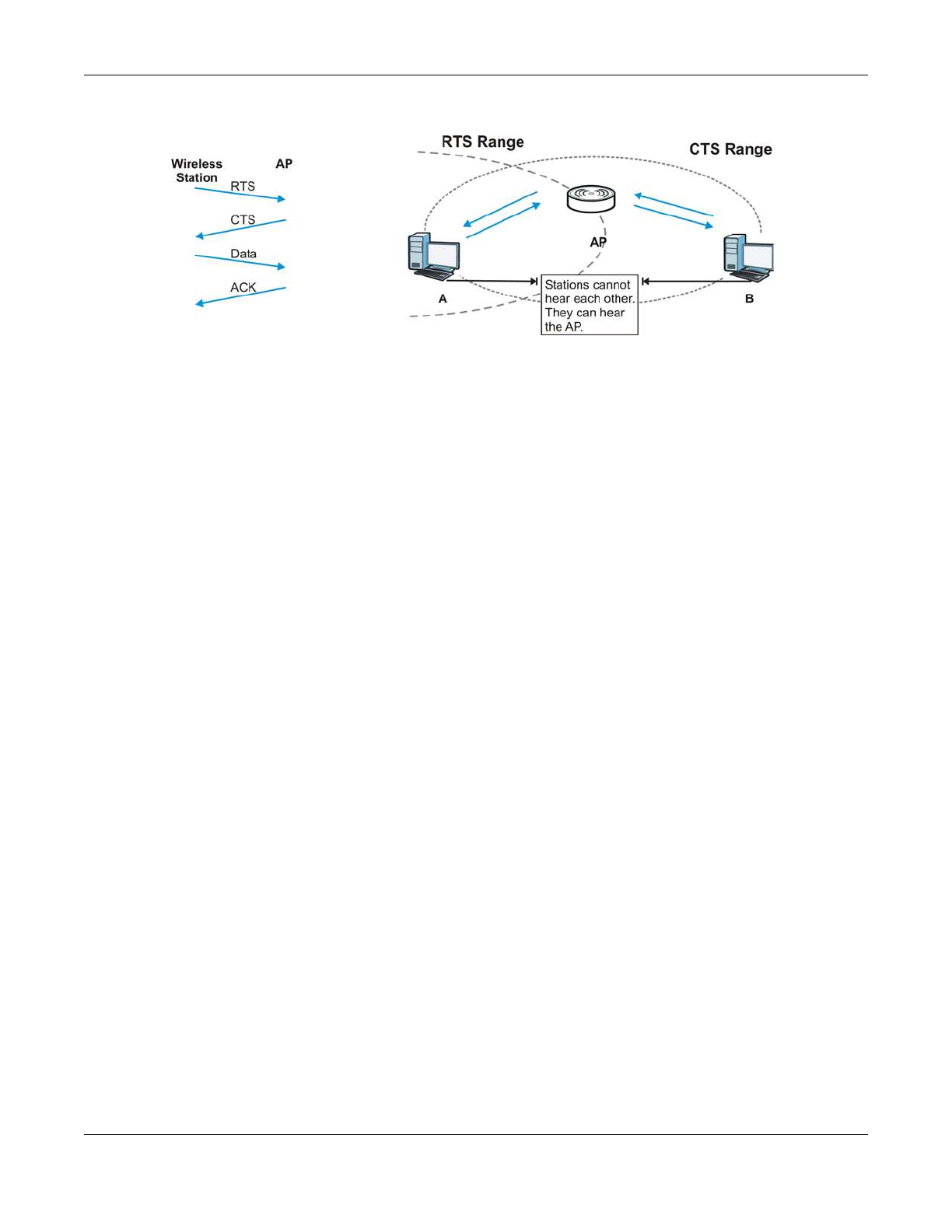
Appendix E Wireless LANs
NBG-418N v2 User’s Guide
208
Fig ure 1 4 6
RTS/CTS
When station
A
sends data to the AP, it might not know that the station
B
is already using the channel. If
these two stations send data at the same time, collisions may occur when both sets of data arrive at the
AP at the same time, resulting in a loss of messages for both stations.
RTS/ C TS
is designed to prevent collisions due to hidden nodes. An
RTS/ C TS
defines the biggest size data
frame you can send before an RTS (Request To Send)/CTS (Clear to Send) handshake is invoked.
When a data frame exceeds the
RTS/ C TS
value you set (between 0 to 2432 bytes), the station that wants
to transmit this frame must first send an RTS (Request To Send) message to the AP for permission to send
it. The AP then responds with a CTS (Clear to Send) message to all other stations within its range to notify
them to defer their transmission. It also reserves and confirms with the requesting station the time frame
for the requested transmission.
Stations can send frames smaller than the specified
RTS/ C TS
directly to the AP without the RTS (Request
To Send)/CTS (Clear to Send) handshake.
You should only configure
RTS/ C TS
if the possibility of hidden nodes exists on your network and the "cost"
of resending large frames is more than the extra network overhead involved in the RTS (Request To
Send)/CTS (Clear to Send) handshake.
If the
RTS/ C TS
value is greater than the
Fra g m e nta tio n Thre sho ld
value (see next), then the RTS (Request
To Send)/CTS (Clear to Send) handshake will never occur as data frames will be fragmented before
they reach
RTS/ C TS
size.
Note: Enabling the RTS Threshold causes redundant network overhead that could negatively
affect the throughput performance instead of providing a remedy.
Fra g m e nta tio n Thre sho ld
A
Fra g m e nta tio n Thre sho ld
is the maximum data fragment size (between 256 and 2432 bytes) that can
be sent in the wireless network before the AP will fragment the packet into smaller data frames.
A large
Fra g m e nta tio n Thre sho ld
is recommended for networks not prone to interference while you
should set a smaller threshold for busy networks or networks that are prone to interference.
If the
Fra g m e nta tio n Thre sho ld
value is smaller than the
RTS/ C TS
value (see previously) you set then the
RTS (Request To Send)/CTS (Clear to Send) handshake will never occur as data frames will be
fragmented before they reach
RTS/ C TS
size.
Характеристики
Остались вопросы?Не нашли свой ответ в руководстве или возникли другие проблемы? Задайте свой вопрос в форме ниже с подробным описанием вашей ситуации, чтобы другие люди и специалисты смогли дать на него ответ. Если вы знаете как решить проблему другого человека, пожалуйста, подскажите ему :)



























































































































































































































